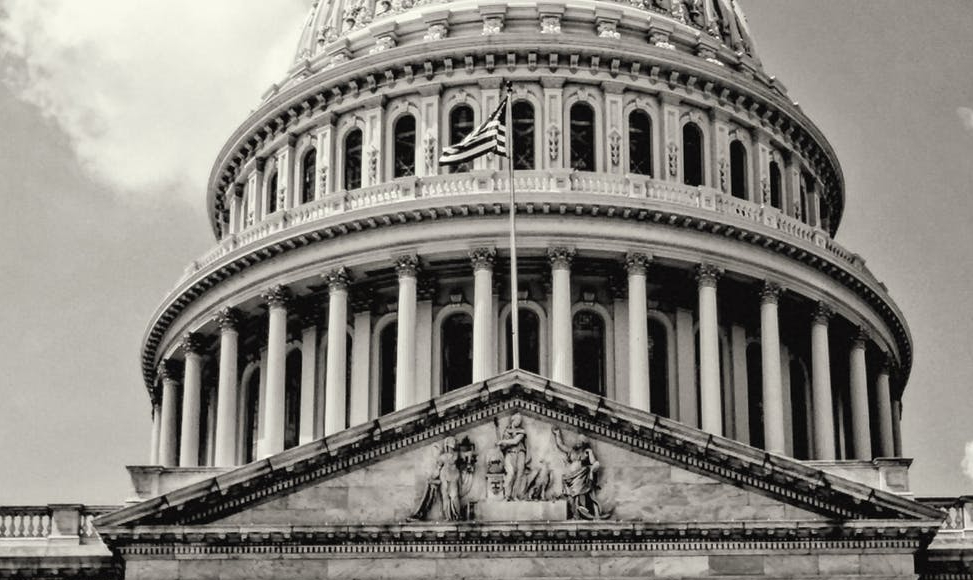I’m sure many people are wondering: what in the heck happened yesterday? Well Leader Schumer actually did something quite brilliant, in my opinion. I don’t know, maybe this has been done before but it’s the first I’m hearing of it. Basically Schumer used a bill that already passed the Senate, in this case a NASA bill, as a shell for the Freedom to Vote Act and John Lewis Voting Rights Advancement Act. The House will vote on amendments to add the text to the NASA bill and then send it back to the Senate. The new bill, called the Freedom to Vote: John R Lewis Act (I know, they should have named it the John R Lewis in Space Act or something!) can be brought up for debate in the Senate with a simple majority – because a different version, the original NASA bill, already passed the Senate.
The fact that Schumer was able to use existing Senate rules to get around a filibuster on the motion to proceed and bring the bill up for debate tells me his head’s in the right place. I’ve been arguing for months now that a rules change using the “nuclear option” was unlikely, as Manchin and Sinema still seem staunchly opposed, but there are ways around a filibuster using existing rules.
So what happens next? Well today the House will vote on the amendments then pass the bill and send it back to the Senate. The Senate can then bypass the filibuster and immediately move to consideration of the bill. Republicans will still be able to block a final vote though, which Democrats still need to find a way around.
The least likely way around it is that Democrats will find 60 votes to invoke cloture and end debate. The second least likely way is for Democrats to use the “nuclear option” to create a voting rights carve-out – similar to what Harry Reid did in 2013 or what Mitch McConnell did in 2017 for Supreme Court nominees. The most likely option, and one Manchin has floated in recent days, would be to go back to the ‘present and voting’ standard for invoking cloture.
Let’s back up a second. In 1975 the threshold for cloture [ending a filibuster] was changed from two-thirds of those present and voting to three-fifths of the entire Senate (60 votes). This was supposed to make it easier to break filibusters but it ended up having the opposite effect. Since it now took 60 votes to end a filibuster no matter how many Senators were actually present, the entire burden was on the majority to find the votes (maybe they should call Brad Raffensperger). The minority didn’t even have to show up. Going back to three-fifths of those ‘present and voting’ will mean the minority will at least have to make sure they have enough Senators on or near the floor to deny the majority three-fifths.
The end result would be that this would make talking filibusters more likely, because they’ll be easier to defeat. And the minority will have to be more selective about when to employ the filibuster – since it’s going to require most of their caucus to be on or near the floor. This option also has the benefit of not being such a radical change. It would simply restore the Senate rules to what they used to be. Still, this would likely require Democrats to change the rules using the ‘nuclear option,’ something Manchin still seems against.
The final option is for Democrats to break the filibuster using existing Senate rules. This would be grueling and time consuming but, as a last resort, could work. There’s nothing in the Senate rules saying that debate needs to be ended by cloture. The other way to end debate, the way they used to do it, is to simply ‘call the question.’ Once everyone who wants to speak has spoken the clerk will call the roll and the measure can pass by a simple majority. The problem with this is, the minority can keep that vote from taking place by continuously holding the floor (a talking filibuster). Members can switch off talking and offer amendments and motions that could theoretically keep the filibuster going indefinitely. Though the minority would only need one member holding the floor to maintain the filibuster, the majority needs all their members there to make sure there’s always a quorum present (51 Senators), otherwise the Senate will recess, which only aides the filibustering Senators’ efforts to delay.
Still, there’s reason to believe that Republicans couldn’t keep the filibuster going forever. Government funding runs out February 18th and I’m sure Republicans don’t want to force the government into a shut down eight months before an election. I’m also sure they would rather be out there campaigning and fundraising, something they can’t do if they’re stuck in Washington filibustering. These would be powerful incentives to end their filibuster, especially if it seems Democrats are not caving. It becomes a game of wills.
So as you can see there are a number of options available for Democrats to get around a filibuster and get voting rights over the finish line. Which option they choose remains to be seen. The one thing I can tell you: it’s going to be very interesting!




